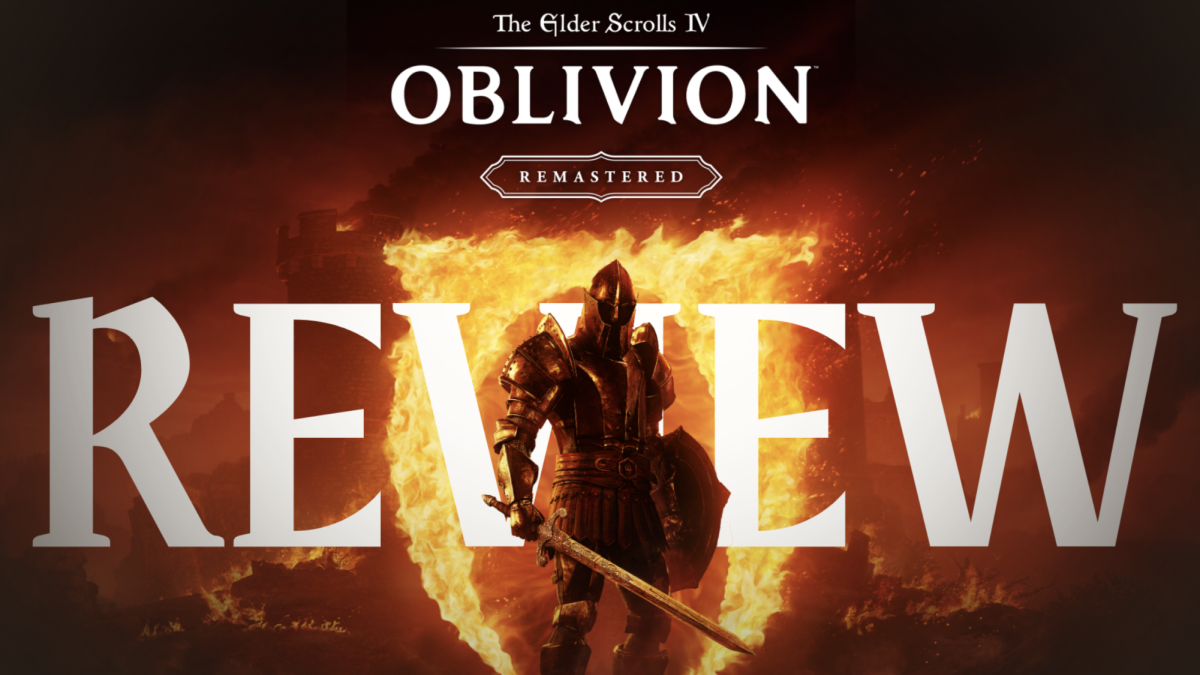A resume is the key to success
March 28, 2001
A well-built resume and professional cover letter generally become the deciding factors for an employer when considering a candidate to hire. Both a resume and cover letter are effective tools to use when first introducing yourself to an employer.
The first impression these tools make can determine whether you end up in the “consider pile” or “reject pile” of applicants. A good way to ensure your resume and cover letter end up in the “consider pile” is to understand what each must include to be effective, and tailor them to the specific job or company you are interested in.
First, consider the situation in which the employer is going to receive your resume. If you are planning to distribute resumes at the upcoming Career Fair, keep in mind that there will be dozens of other applicants doing the same.
So how do you make sure your resume stands out in a stack of hundreds?
According to Jobstar.org, California’s job guide, “It should be confined to one page of white or off-white paper, although some employers in some fields, such as education and counseling psychology, expect longer resumes.”
Jobstar.org also suggests staying away from brightly colored paper for a couple reasons. First, loud colors that may attract attention are thought to lack professionalism and maturity. Second, bright colors are hard on the eyes and make it difficult to read. Also, keep in mind that your resume may be destined for an electronic scanning system. If your resume is on brightly colored paper or written in colored font, it may be hard to scan and end up being tossed out.
Jobstar.org also adds that the quality of paper does not matter a great deal, as long as the information is clearly presented.
Karen Munsterman, Supervisor of the Student Assistant Program for the Health Career Opportunity Program of the State of California, advises that “it is important to use your best judgement when determining the look and feel of your resume. It is okay to use light gray or off-white paper, but make sure it has a professional feel to it and is not awkward in any way.”
Another way to make your resume stand out in a crowd is to thoughtfully determine what the content is going to be, and how it will be formatted.
According to Jobstar.org there are two traditional formats for resumes. The first is the chronological resume, which is organized by job titles with the most recent position listed first.
Jobstar.org notes that employers tend to prefer this style because it is fact-based and easily skimmed. They are able to quickly get a sense of what type of employers you have worked for in the past. Use this format when applying to a specific employer or company.
However, in a situation like a career fair, the functional resume would be best. The functional resume rearranges employment history into sections that highlight areas of skill and accomplishment.
For example, create a job category that encompasses several jobs you have held. For instance, if you have worked at several different retail stores such as Macy’s, The Gap and Sportsmart, on your resume bold the job category then bullet the individual employers. This works particularly well for new graduates or individuals with a variety of odd jobs under their belt.
Jobstar.org advises that the content include only those things that are of importance to the employer. The best way to ensure this happens is by making yourself familiar with the recruiters who are going to be present at the Career Fair.
From there organize your skills and accomplishments in such a way that make them of value to more than one of the participating employers. This way your resume will be of interest to several different companies.
For example, being a “customer service representative” teaches you skills that are necessary for a wide range of jobs??make this type of information most apparent.
“Any related schooling or volunteer work should always be listed on a resume when the previous job experience is not there,” said Shannon Kemp, respite manager for the United Cerebral Palsy Association. “Don’t get too involved, keep it brief and simple. And do include a cover letter, it is more professional to a lot of businesses.”
In a career fair situation, a cover letter provides a good opportunity to add any information that you could not fit on the one-page resume.
Jobstar.org stresses the importance of using a cover letter to convey the amount of expertise you have in a particular field, or your knowledge about a specific company.
Jobstar.org also lists some useful tips on what makes a good cover letter. No spelling or typing errors is at the very top. They also encourage conveying a sense of your personality through the letter. Use your own words to express knowledge, enthusiasm, and focus.
For a great list of resume writing tips visit: www.damngood.com




























































































































